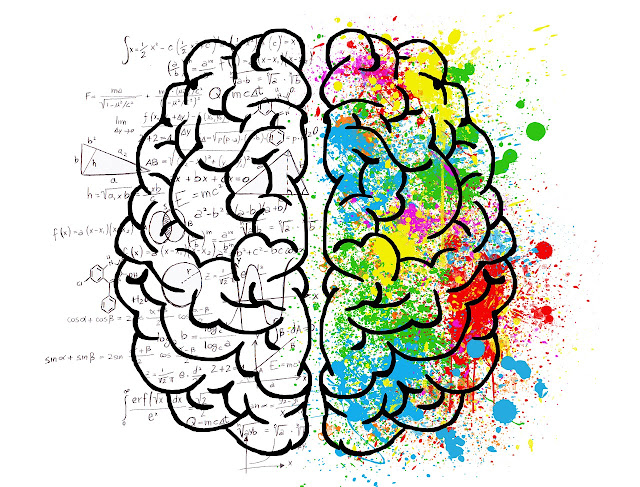Difference between Diastolic and Systolic blood pressure and how to reduce specifically the Diastolic one and why is it important
Here’s how to understand your diastolic blood pressure number:
| Normal | Between 60 and 80 |
| Stage 1 hypertension | 80-89 |
| Stage 2 hypertension | 90 or more |
| Hypertensive crisis | 120 or more |
What is defined as TOO LOW:
Usually the target is to lower the blood pressure but the side effects is the:
Isolated diastolic hypotension
This happens when the systolic is normal but the diastolic is low
A diastolic level below 60 is usually related to dizziness, feeling tired and low energy
Considering all of the above the focus shouldn't be just to lower the blood pressure but to have a balance in the right range, simply not too high and not too low
The Diastolic blood pressure:
Is the force exerted when the heart is at rest.
It is a common mistake that many Doctors focus more on one number which is the systolic blood pressure that is the highest compared to the diastolic one, but this last one shouldn't be ignored.
So here some recommendation on how to keep the balance in the most suitable range
Why the amount of Sodium is important:
The more sodium intake we have the less elasticity our vessels will have
This is because the real amount of sodium we need is actually very low, but instead with our diet we always end up with a higher intake than necessary.
The main focus is not just on SALT when cooking but also the added sodium/salt in all the processed food that can be part of our everyday intake and that can make a big difference just by checking the labels and choosing the best option possible.
Overall reducing the amount of salt to 2 gr per day could be a really good target to see real improvements
When can you start to see improvements:
Our body is dynamic and especially with a mineral like sodium if we make the right changes the effects can show within weeks, especially by keeping consistency on that
More tips on how to improve these levels:
- Just having a healthy weight is not enough, make sure to also check your waistline because of our body is storing the fat more often in the upper body which directly affects the main organs so not just the heart
- Potassium on the other hand as a sodium counterpart can reduce the blood pressure to 5 mm Hg
- Reducing alcohol and caffeine can help to another 5 to 10 mm Hg less on average
How much can exercise improve this:
At least 30 min per day can decrease of almost 10 mm Hg your blood pressure
Again consistency is key
Food that can boost the health of your heart :
- Omega 3 rich fish
- Fat free cheese or yogurt
- Nuts
- Legumes
- Spinach and broccoli
- Olive or sunflower oil instead of butter or margarine or other fats
Here some more articles related to this topic:
High Blood pressure: how to prevent or improve from a Dietetic point of view





Comments
Post a Comment